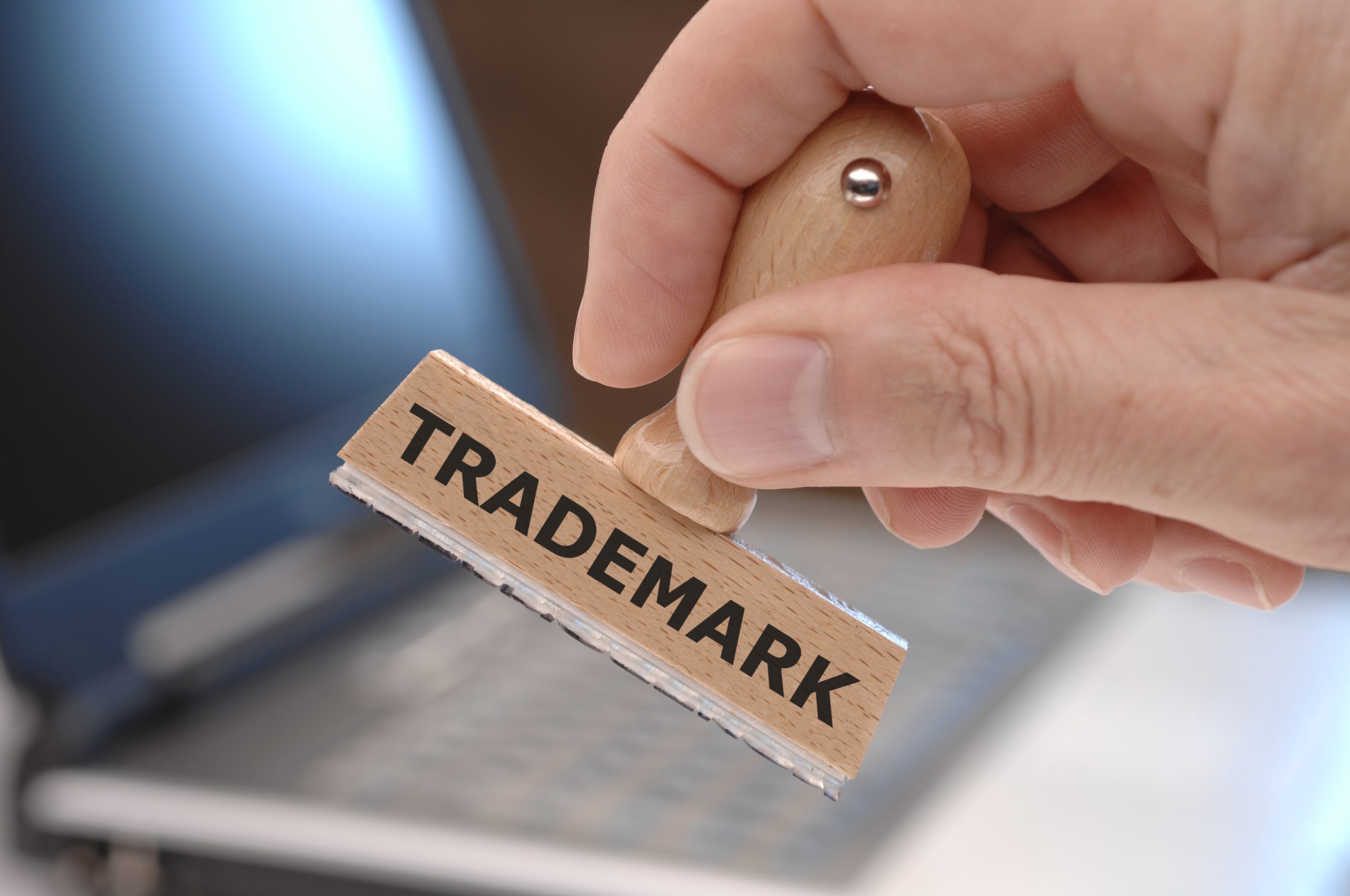Singapore Trademark Updates 2025–2026: Higher Fees, New Classification, and How Businesses Should Respond

What’s new—and why this matters now
Two live developments affect every Singapore business planning to file or expand trademarks:
-
IPOS fee updates: Most changes take effect 1 September 2025, with more on 1 April 2026. Trade mark application fees are among the items being adjusted, which affects your filing budgets and timing.
-
New Nice Classification version: WIPO’s next edition is rolling out in 2026. Singapore aligns its practice with Nice; classification wording and examples evolve, which can impact how you describe goods/services for smooth examination.
IPOS is also consulting on further IP regime changes (including trade marks and hearings/mediation), signalling continued updates ahead.
How the fee update affects you
If you intend to secure brand protection for new products, sub-brands, or overseas expansion via Singapore, front-loading filings can reduce cost exposure. Filing sooner also locks in an earlier priority date, deterring copycats. IPOS’ July 2025 circular confirms the update windows and notes an increase in trade mark application fees.
Classification is changing—don’t let wording delay your application
Examiners rely on the Nice Classification to assess whether your specification clearly identifies goods/services. As Nice evolves, older catch-all wording can trigger clarification requests or narrow protection unintentionally. Using up-to-date terms improves speed and scope.
For Singapore filers, IPOS publishes practical classification guidance; remember a class heading alone does not claim everything in that class—be specific.
Oppositions are rising—monitor and defend early
If a conflicting mark is published in Singapore (including an International Registration designating Singapore via the Madrid System), you have a short window to oppose. IPOS’ dispute pages and October 2025 updates outline steps, forms and timelines; missing them can forfeit your rights. We recommend setting up watch services and acting before deadlines.
Don’t forget enforcement at the border
If counterfeits are a risk, you can engage Singapore Customs using border-enforcement measures so that counterfeit shipments can be detained on import/export. This is often overlooked but highly effective for consumer goods.
What businesses should do next (action list)
-
Prioritise filings before fee changes bite. If you’re launching SKUs or sub-brands in Q4 2025–H1 2026, prepare applications now.
-
Refresh your specs to Nice 2026 language. Align descriptions to avoid objections and ensure broad, accurate coverage.
-
Set up a trademark watch. Monitor the IPOS Journal and Madrid designations for conflicting filings; be ready to oppose within IPOS timelines.
-
Add border protection. Record your marks and prepare Customs packs for fast action against fakes.
How Excellence Singapore helps
-
Filing strategy under the 2025–2026 fee windows: which marks to file now vs later, costed by class and priority.
-
Specification drafting aligned to Nice 2026: precise wording that speeds examination and secures useful coverage.
-
Watch, opposition and enforcement: journal monitoring and quick oppositions.
-
Portfolio hygiene: renewal calendars and international expansion planning via Madrid where appropriate.
Conclusion: Lock in protection before costs rise—and stay ahead of disputes
With fees increasing, classification evolving, and opposition windows tight, now’s the time to file, tidy your specs, and set up monitoring. We’ll plan your filings around the 2025–2026 changes and protect your brand end-to-end.
Contact us to review your marks, cost out a filing plan, and get your applications drafted and submitted.

